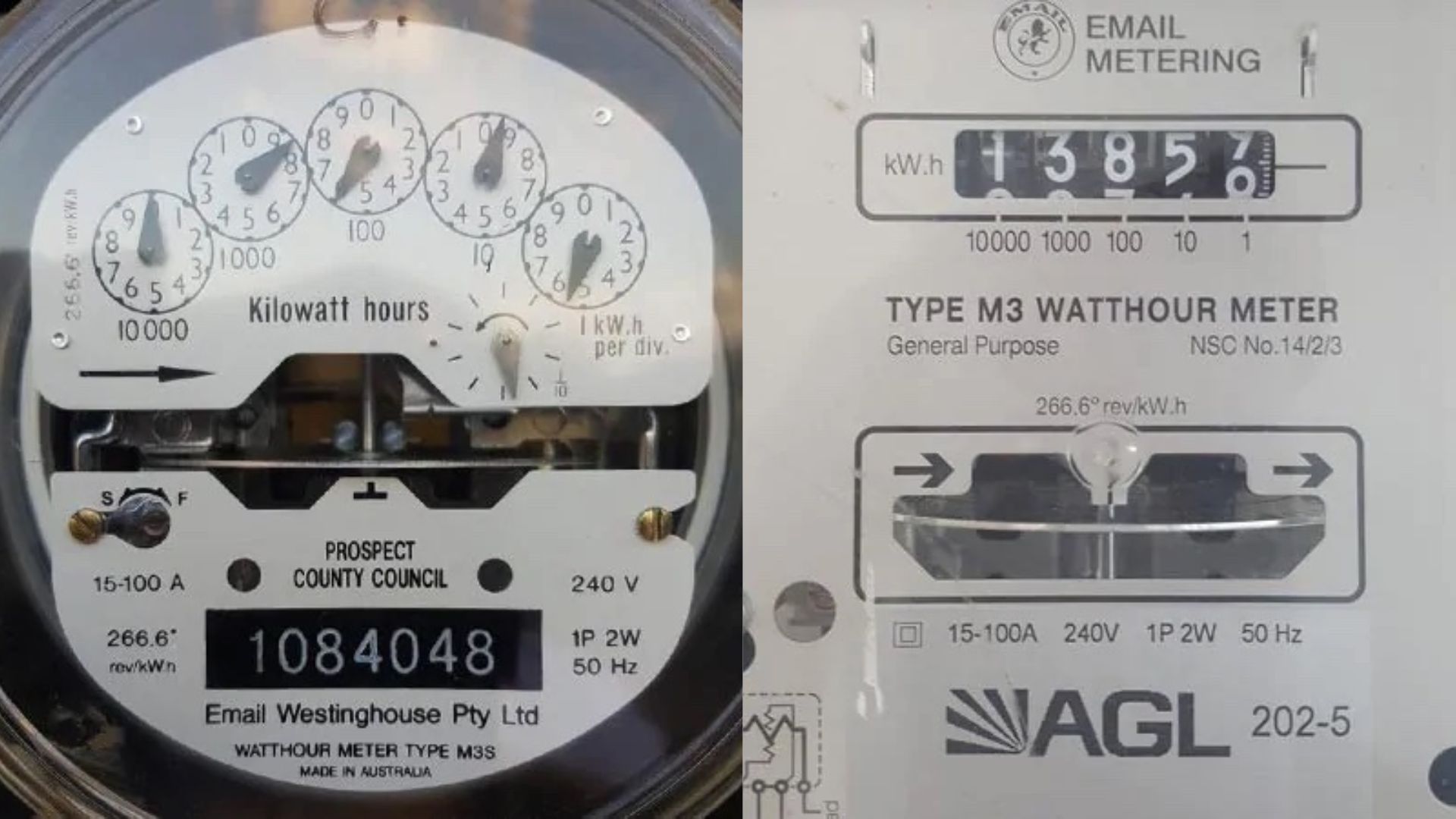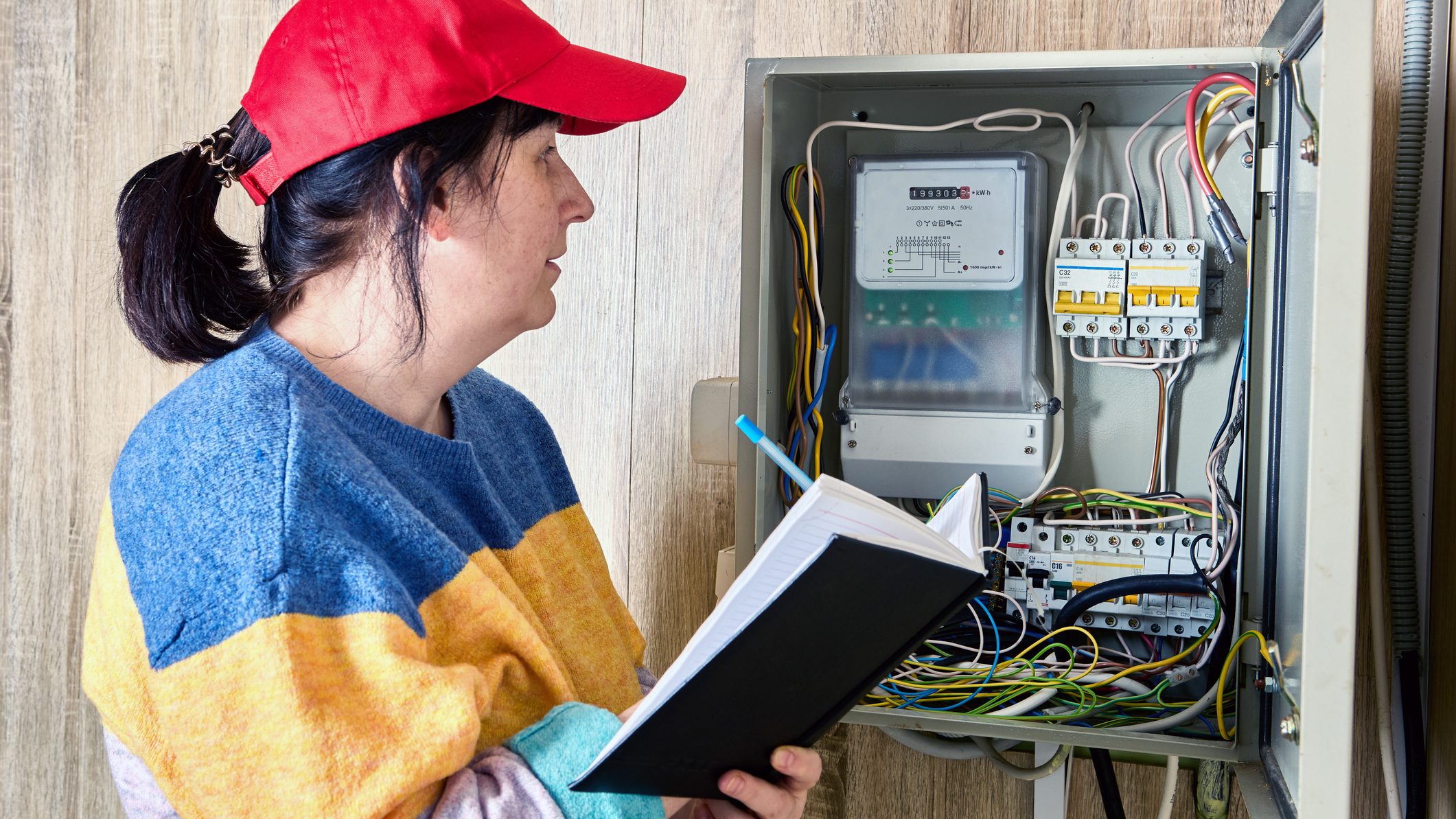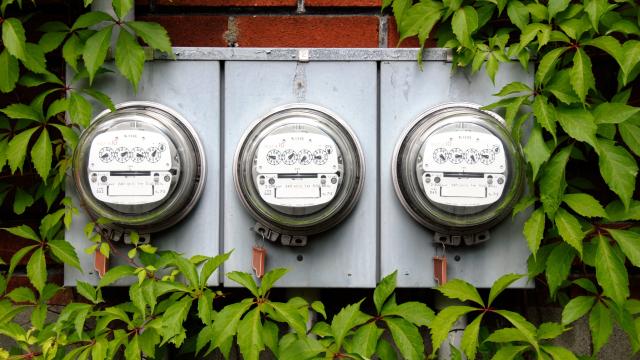As a young adult, I’ve moved houses a couple of times over the last few years and one task that’s always filled me with apprehension was the idea of doing an electricity meter reading. As someone who would always rely on her parents to take care of such spontaneous tasks, I never thought I’d have to do it myself. At least until I got an eye-bulging electricity bill in my inbox.
For the most part, it turns out that many energy companies make a rough estimate on your electricity rate by the number of people in your house, whether or not you work from home and if you have any cooling and/or heating units installed, such as an air-conditioner.
On average, most electricity companies calculate your bill based on your energy use kilowatt hours (kWh) by the energy price ($/kWh). All energy prices are a combination of your usage by a fixed delivery cost. This cost is an amount paid by whichever energy company you’re with to run their business. From this, they’ll calculate how many days they provided energy against the cost per day.
With the cost of living soaring into the heavens at the moment, you might be thinking about ways to save an extra buck. Or maybe you, like I did once upon a time, received a big bill in your email that made you turn whiter than a ghost.
Maybe your bill is justified. If you’ve recently purchased one of those fancy fan heaters, I can tell you from firsthand experience that those things can make your energy bill skyrocket.
Or perhaps you’ve made no changes to your routine. You’re working from home just as much as you did during lockdown, you’re not having hellfire-heated showers and you’ve opted to rug up in a wearable blanket instead of turning on the heater when the temperature drops to anything below 20 degrees.
Yet somehow, your electricity bill is higher than what it used to be, prompting you to jump on the phone with your energy company to enquire why. Naturally, the first thing they’ll tell you to do is – check your electrical meter.
How to read your electricity meter

Most people that have seen an electricity meter are put off by all the numbers and dials. I’m not going to lie, I’ve been in the exact same situation. Googling how to read an electrical meter can also be a confusing experience when you learn that there’s a few different kinds and if you live in an apartment block, access can be restricted.
The reason why it’s so simple is because self-checking your meter will allow you to submit the most accurate electricity reading back to your energy provider of choice. Unless, you’re lucky enough to have a smart reader installed.
Start by locating your meter. If you live in a large building, such as an apartment or unit complex, you might be lost with a sea of locked doors. If you ever have any issues finding your electric meter, simply call your managing real estate agent or ask a neighbour.
We must warn you that entering the meter room can be dangerous, so keep an eye out for any water damage, exposed wires or burnt/melted parts. If you see anything else that seems dangerous, it’s best to stop what you’re doing and resort to calling a professional.
If everything looks safe, go ahead and remove the cover from your energy meter (if there is one). There’s generally two types of meters: a clock dial one and an electronic one.
The clock dial version will have a display featuring five clocks numbered from 0 to 9.
Electronic meters will have five numbers written across it digitally and is the easier display to acquire a reading from. Just jot down the five numbers you see in the centre of the screen and away you go.
If you have a clock dial version, you’ll just have to note down which numbers the little arrow is pointing towards, working your way from left to right.
If you’re unlucky enough to see that the arrow is sitting between two numbers, you can note down the lower number as part of your reading but if you don’t feel confident, you can take a photograph of your energy meter and send that to your provider instead.
It’s crazy simple, isn’t it?
So, you’ve completed your reading – now what?

Okay, so you submitted your home meter reading to the energy company. They write back and alter your bill. It could be by about $50, or it could be a couple hundred. Perhaps they’ve increased it instead.
If you see that it’s remained relatively unchanged, then you can either accept it or start exploring new energy plans with other providers. So long as you’re not stuck in a lock-in contract, you should be free to jump ship at any time you like.
If you’d like to save on electricity costs or make sure you’re not overpaying with your current provider, then it’s a good idea to compare your current costs to other providers in your area before making the switch.
We’ve partnered with a powerful comparison tool called eConnex to help make this process fast and easy. You can even use your most current bill details to get an accurate comparison.
Enter your postcode into the box below to get started.
[compare_lite_pedestrian utm_source=”lifehacker”]

Leave a Reply
You must be logged in to post a comment.